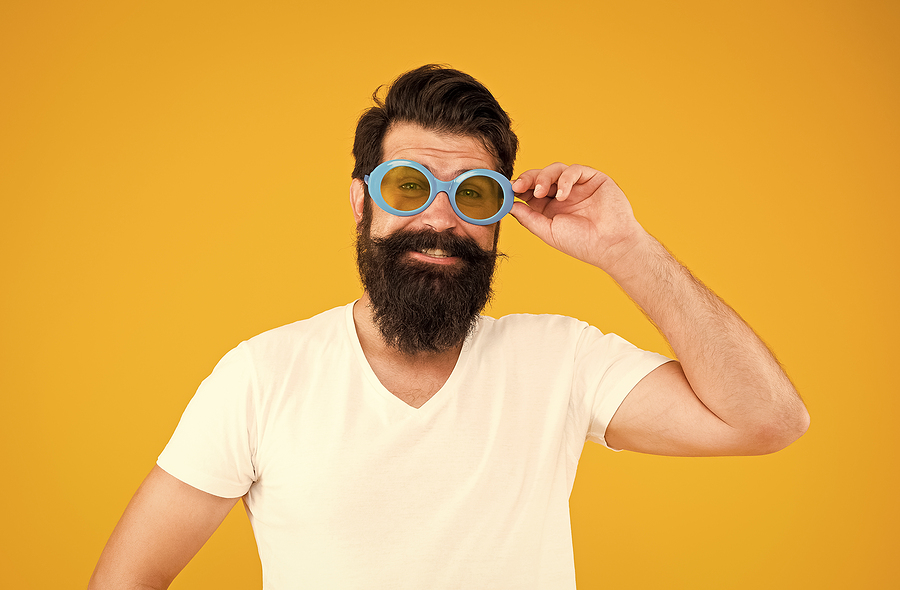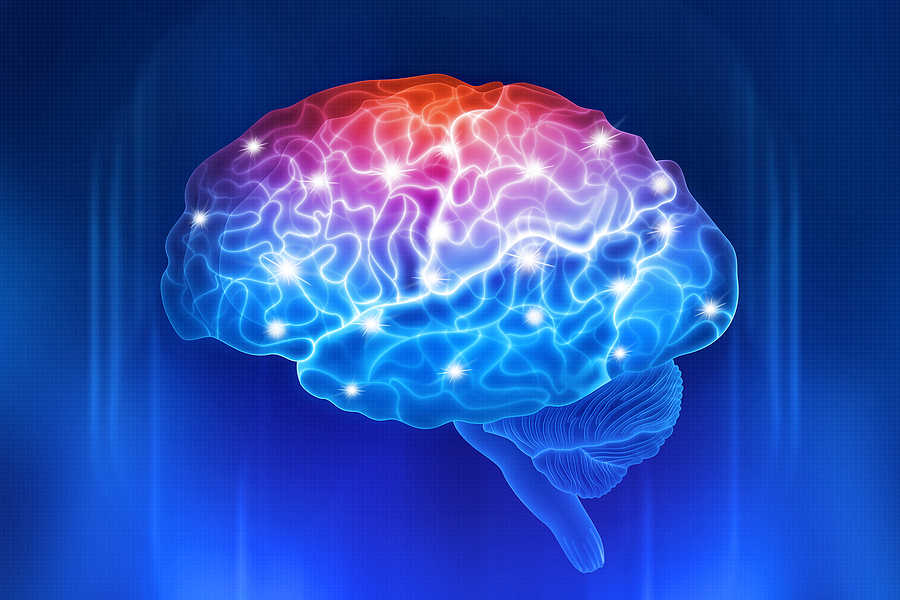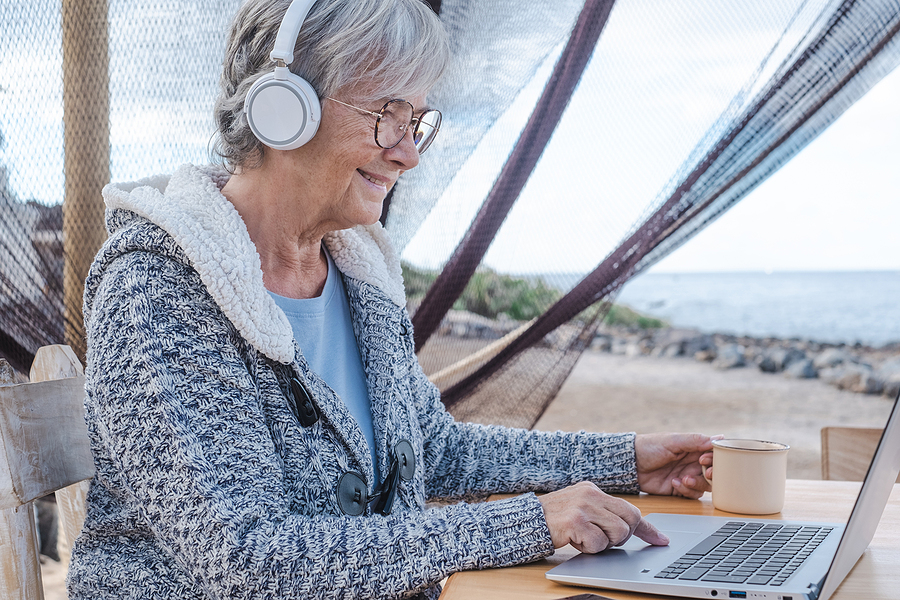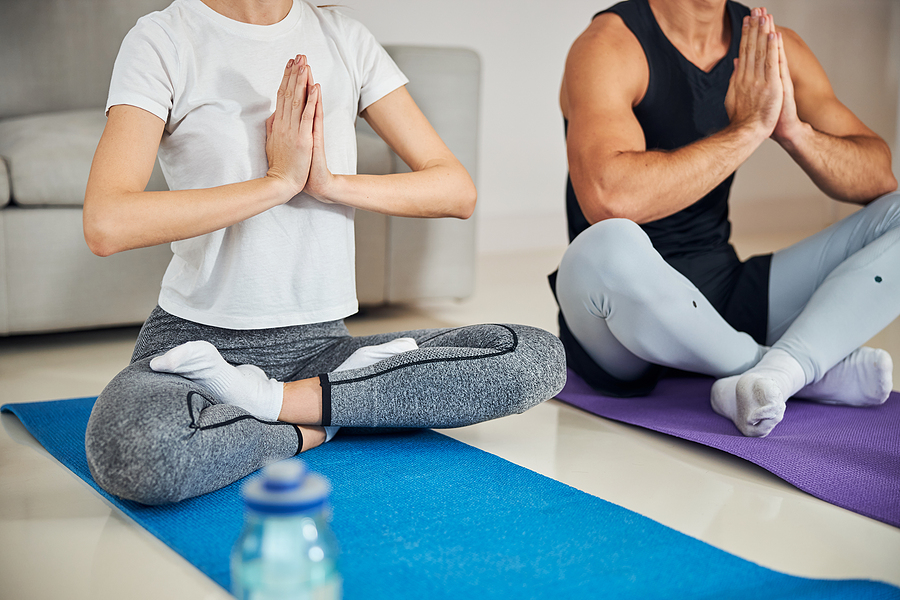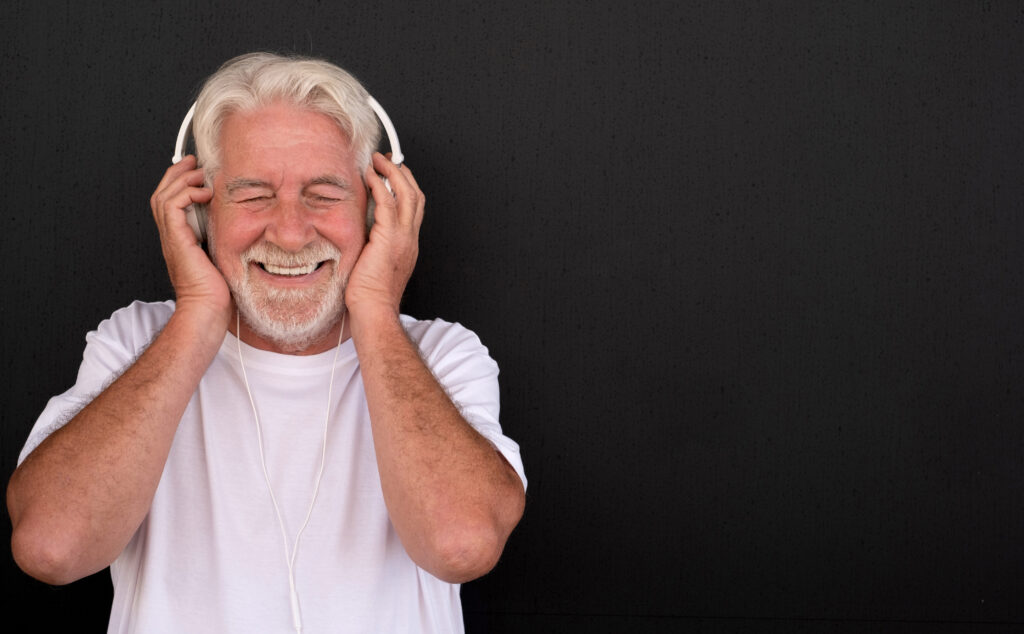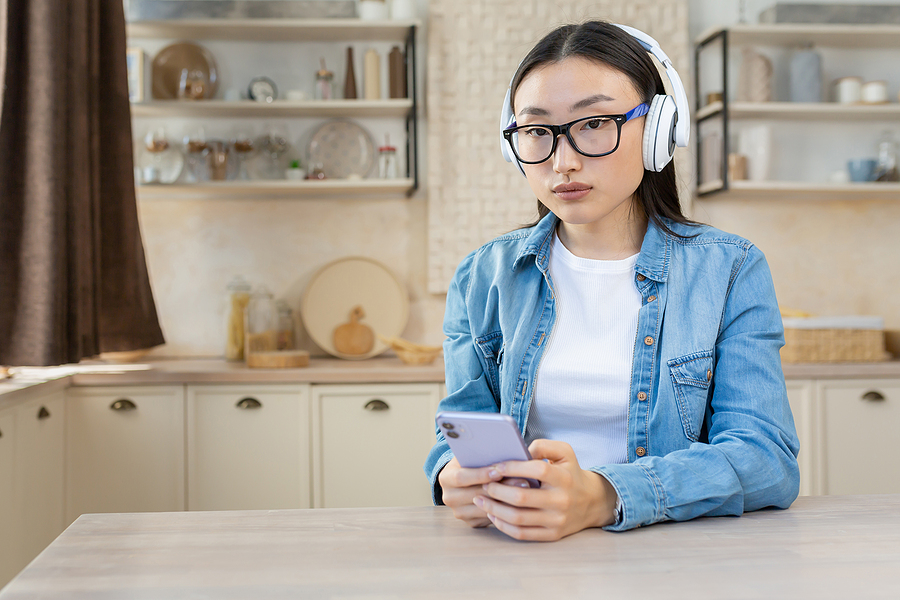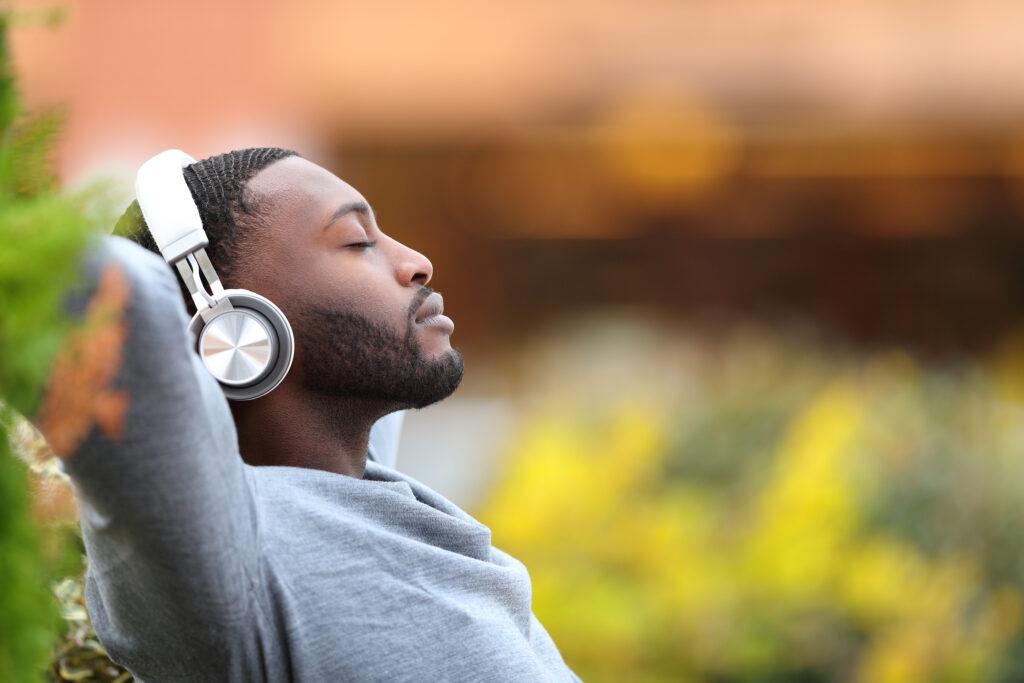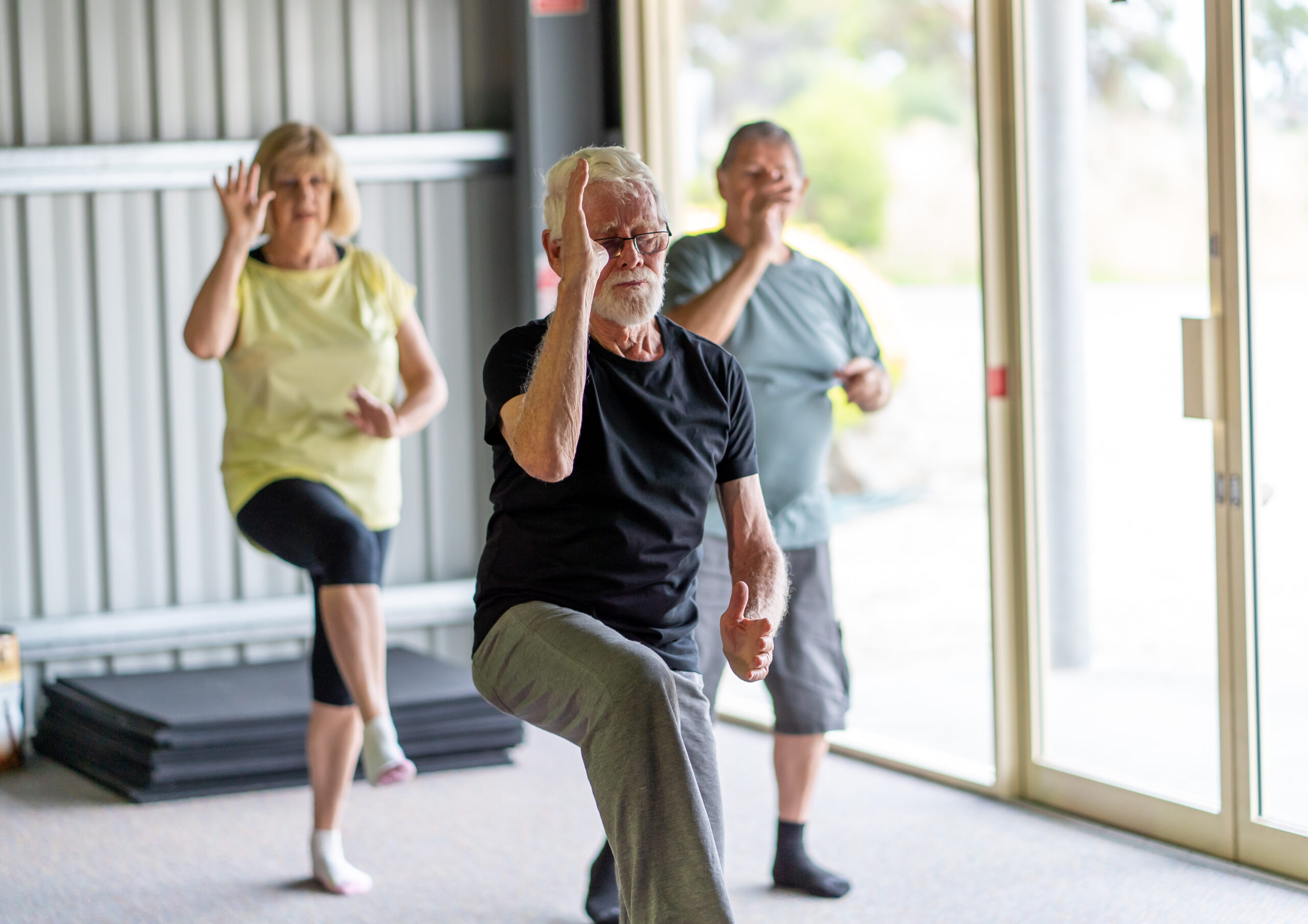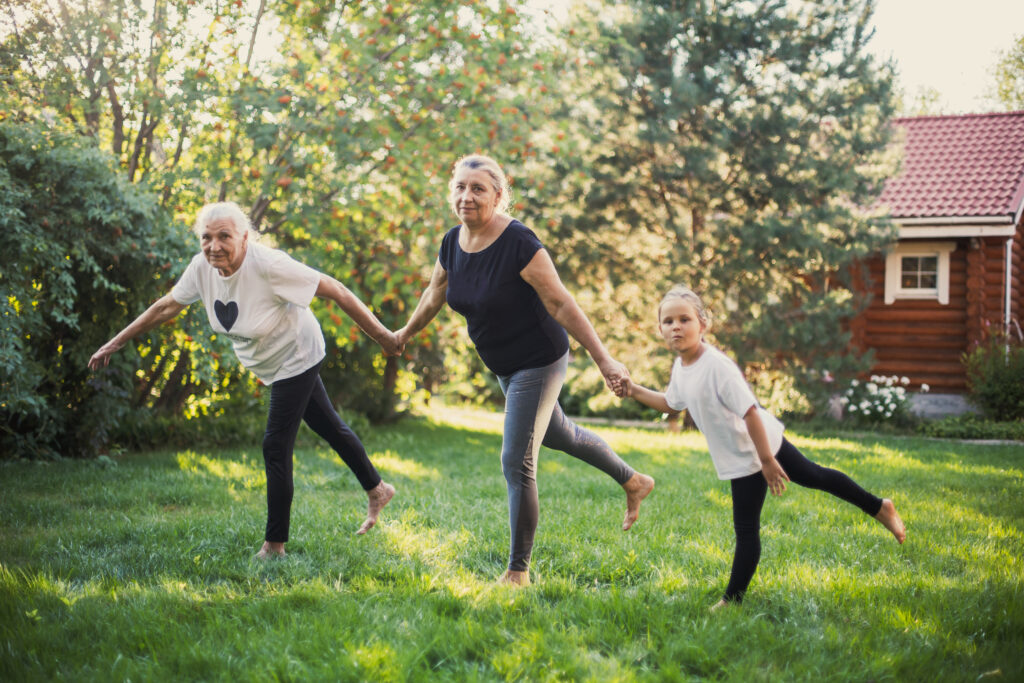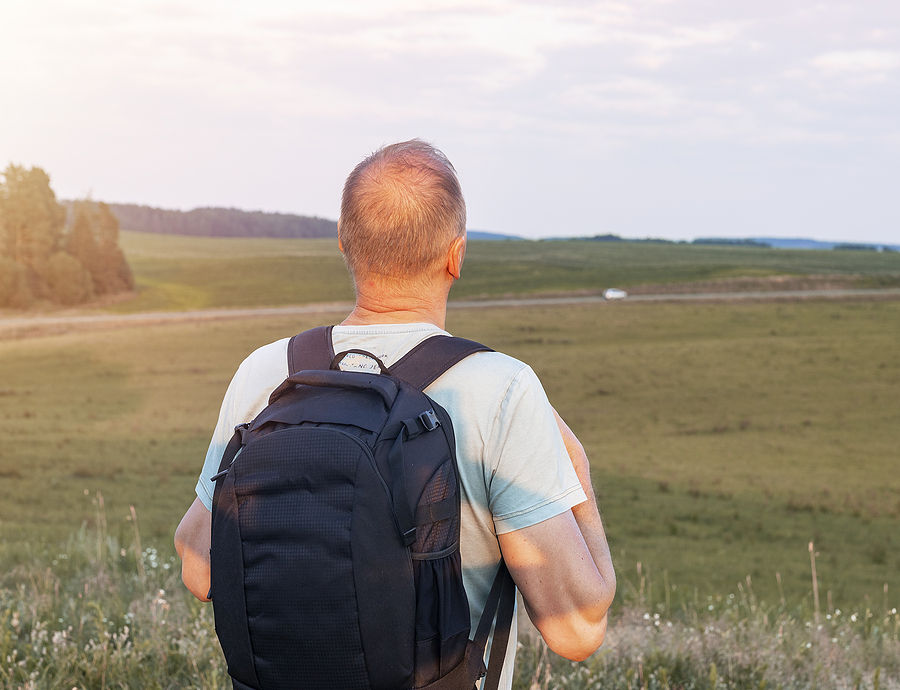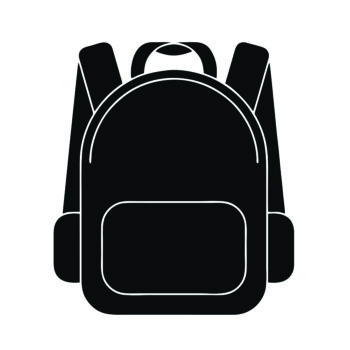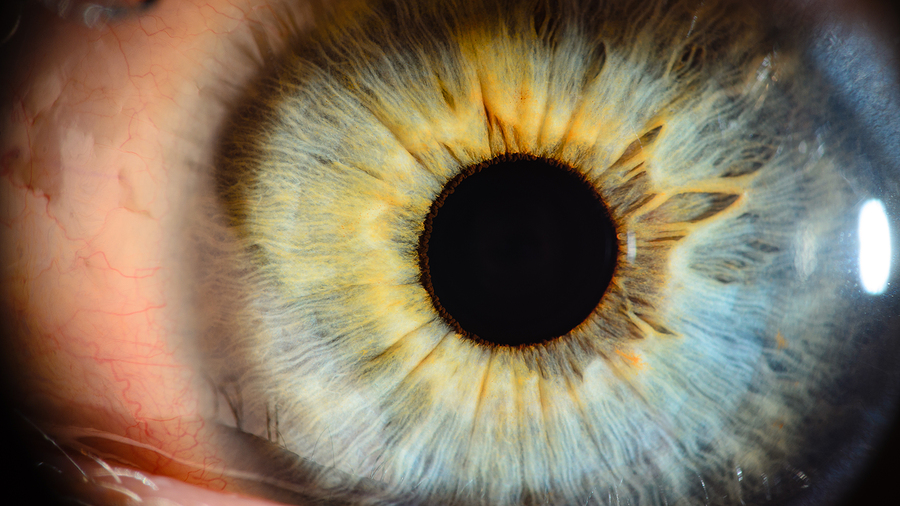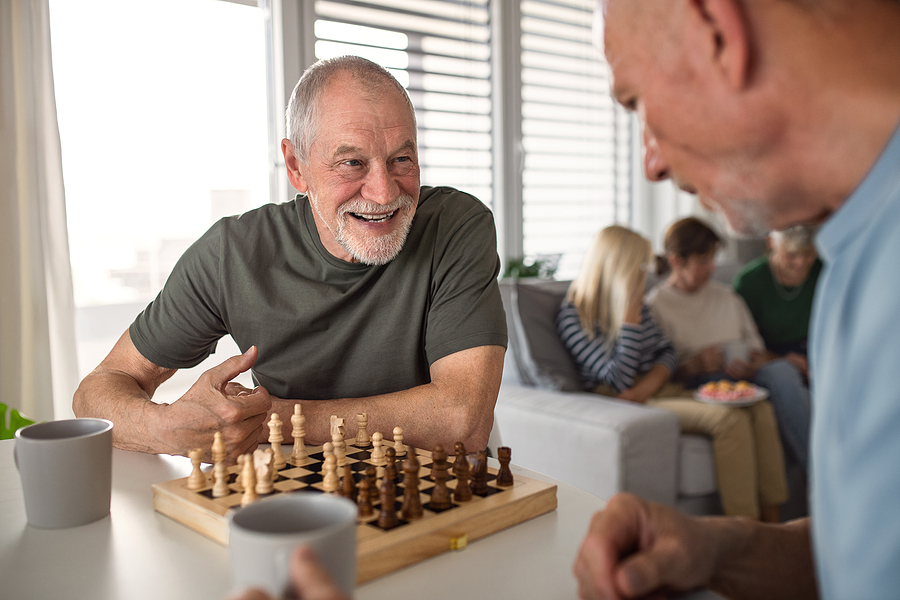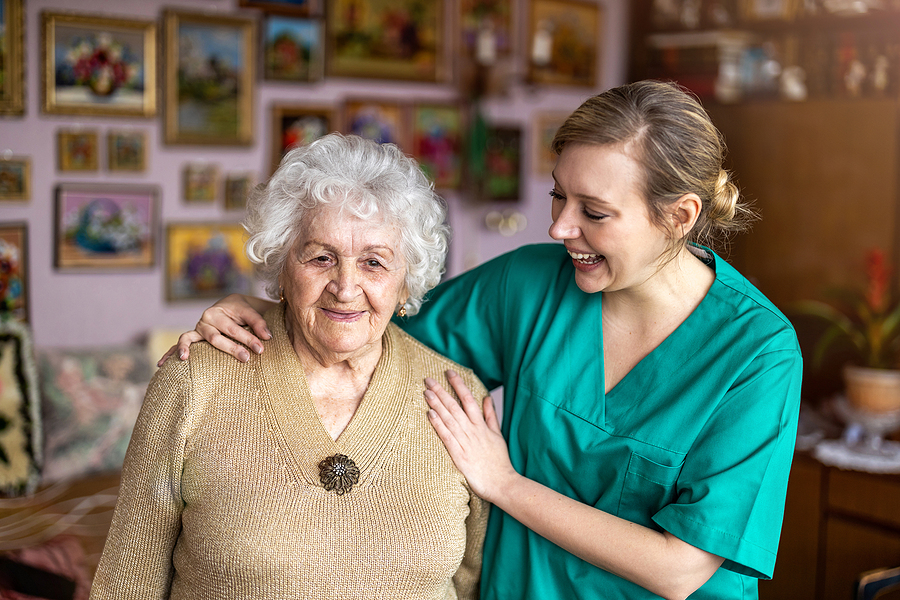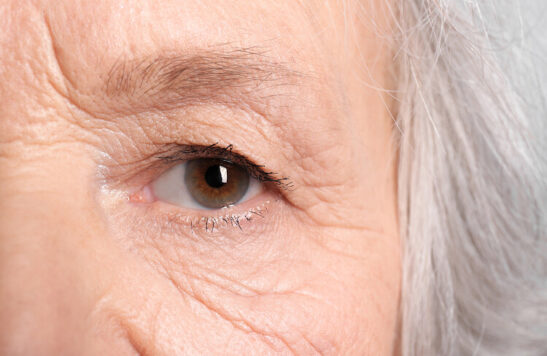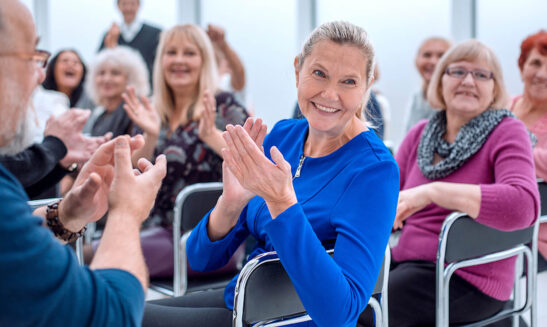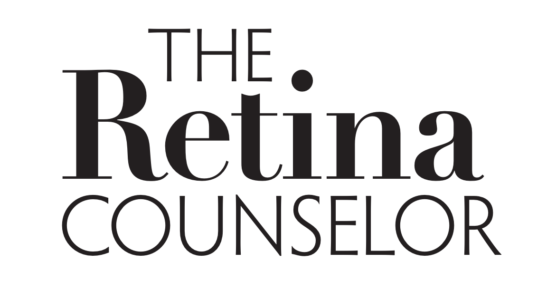As spring kicks off, let’s be mindful about taking steps to prevent accidental injury to eyes. Accidents happen in an instant, but 90% can be avoided with the proper protective eyewear. It may also surprise you to learn that nearly half of eye injuries occur at home and are caused by household repairs, yard work, cleaning and cooking. Pay attention and don’t take risks. Protect yourself and those around you. Enhance your awareness and avoid a regrettable situation. If an injury occurs, get medical attention immediately.
People with visual impairments are at risk in particular, because they may be unable to see objects coming at them. For this reason, the use of personal protective eyewear is highly recommended, during all activity indoors and out, to avoid accidental damage to an eye. Choose polycarbonate lenses for all glasses, they are shatterproof and offer 100% UV protection from the sun.
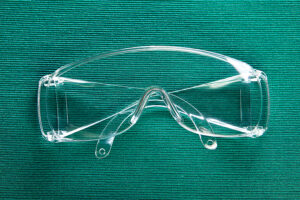
Indoors
- Wear protective glasses or goggles when using chemicals, cleaners, aerosols and sprays.
- Everyday household items like Knives, forks, scissors, paper clips and wire hangers can accidentally cause injury. Handle with care.
- When cooking food that splatters always wear protective eyewear and use a grease shield.
- Attend to hazards that can cause falls. Secure rugs and eliminate clutter. Improve contrast and lighting. Be aware of sharp edges. More about this on the OE Patients Podcast Episode 2: Don’t Take the Fall, Prevent it

and helmets
Outdoors
- Take precautions when outdoors on windy days by wearing wraparound sunglasses to shield your eyes from flying debris, dust and particles.
- Protect eyes while gardening, mowing the lawn or using a leaf blower.
- Do not give children sharp objects, or toys with projectiles or toy guns that fire.
- Choose ASTM approved protective eyewear, not sunglasses, for sports, particularly sports with balls, bats, racquets, pucks or sticks.
- Even opening champagne bottles can be hazardous to eyes and should be handled with caution. Point the bottle away from your face, and the faces of others. Do not shake the bottle and cover the cork with a towel so it doesn’t fly.
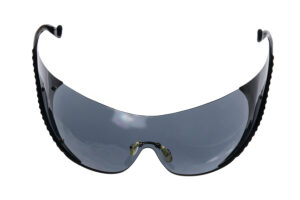
Under the Sun
Don’t overlook the damage UV rays will do to eyes. More about this on OE: Keep the Sun Out of Your Eyes and Put Sunglasses on Your Kids, the Benefits are Long Term to avoid the serious damage caused to eyes by UVA and UVB rays.

Fireworks
Stay away from do-it-yourself pyrotechnics — leave the fireworks to the professionals. Not even sparklers are a good idea, unless wearing protective goggles. The nation’s ophthalmologists issue advisories for July 4th in anticipation of increased fireworks related injury, especially to bystanders and children.
Post first published Jun 30, 2022 and updated Mar 16, 2023.
